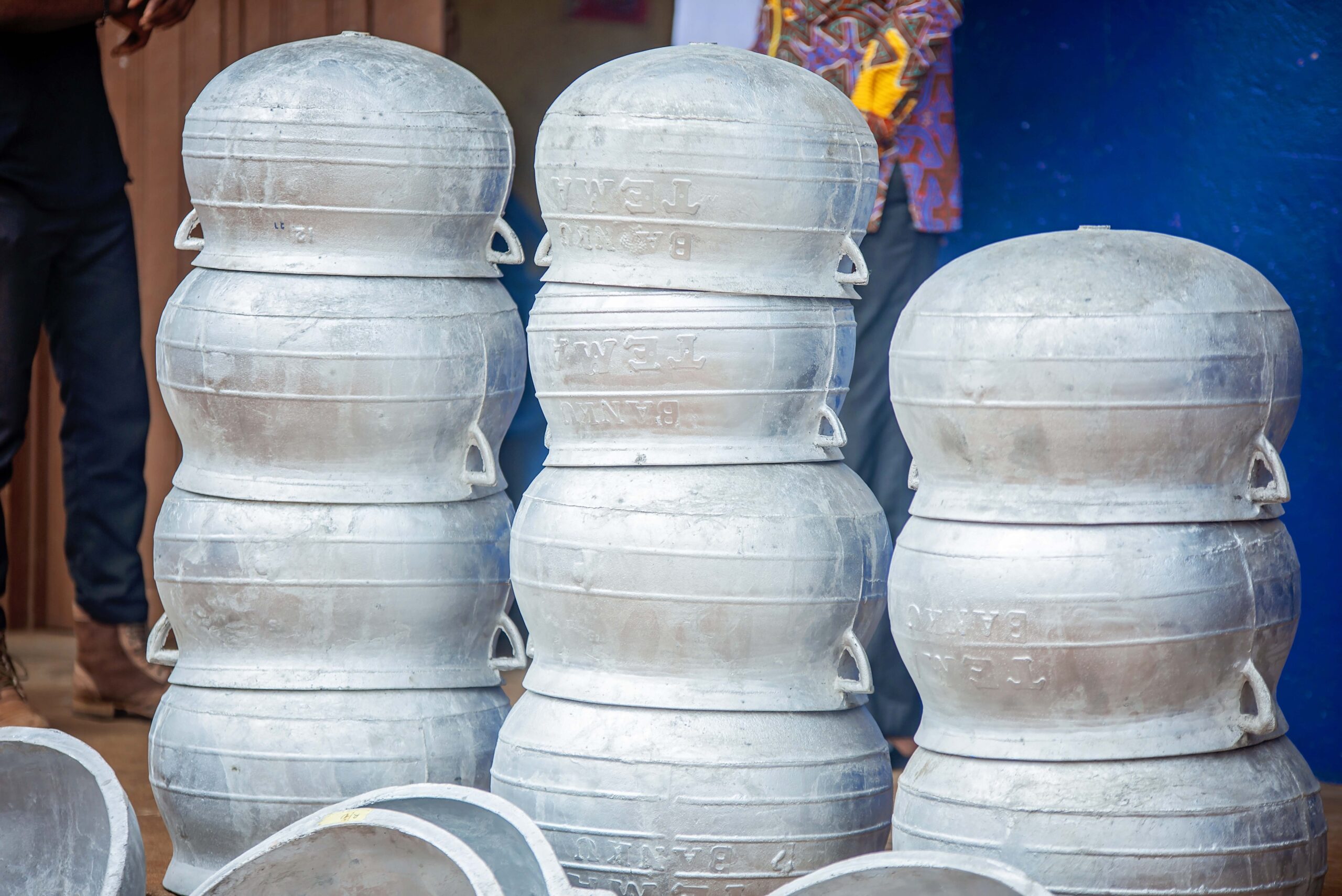Mitigating Lead Exposure in Ghana: Regulating Lead-Contaminated Cookware and Cosmetics

The Mitigating Lead Exposure in Low- and Middle-Income Countries (LMICs) project seeks to reduce lead exposure in Asia, Africa, and Latin America from exposure sources such as metal and ceramic cookware, adulterated spices, environmentally unsound used lead-acid battery (ULAB) recycling, and cosmetics. The overarching objective is to assist governments and stakeholders in strengthening institutional capacities, programs, and policies to effectively assess, prioritize, and mitigate lead exposure. Project countries include Colombia, Egypt, Ghana, India, Indonesia, Peru, and the Philippines.
In Ghana, the project will reduce lead exposure from lead-contaminated cookware and cosmetics through regulatory changes.
Pure Earth has increased its work on lead exposure issues in Ghana since establishing a national Toxic Sites Identification Program in 2010. In 2020, Pure Earth established a physical office in Ghana and expanded its activities significantly. Since 2020, Pure Earth, UNICEF, the Ghana Health Service, and Ghana EPA have collaborated on activities that include a large-scale blood lead level survey (3227 participants over 3 regions, but not nationally representative).
In this recent BLL survey, the region of Northern Ghana had the highest prevalence of lead poisoning. Lead-contaminated eyeliner, locally known as “chilo,” was identified through follow-up home-based assessments as a potentially important contributor to exposure. In Northern Ghana, chilo use was nearly universal and correlated with elevated BLLs. Among the most contaminated cosmetics sampled in Ghana were eyeliner products imported from South Asia.
Project Objectives:
- Increase understanding of the link between lead-contaminated cookware and cosmetics and lead poisoning through home-based source assessments.
- Research supply chains, regulatory landscape, and market dynamics of cookware and cosmetics in Ghana
- Compare the cost-effectiveness of interventions that remove primary contributing sources of exposure in a given geography, as identified through home-based assessments.
Project Activities:
- Conduct a market screening, supply chain analysis, and regulatory assessment for cookware and cosmetics
- In collaboration with the Center for Global Development, design and conduct a randomized control trial aimed at understanding the contribution to elevated BLLs from contaminated cosmetics and cookware
Results from these activities will inform subsequent regulatory and policy reforms.
